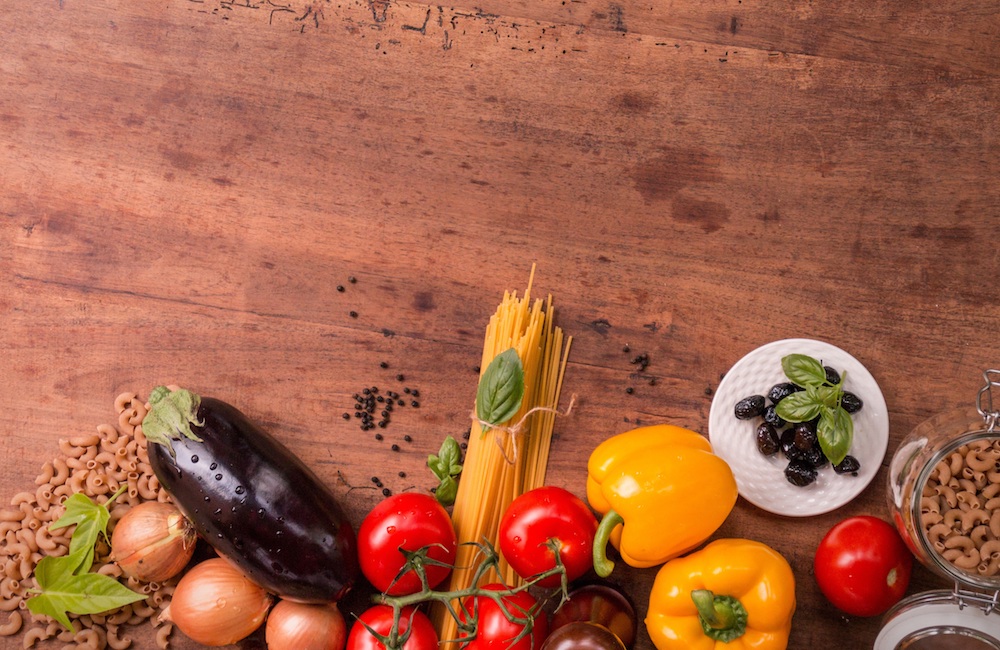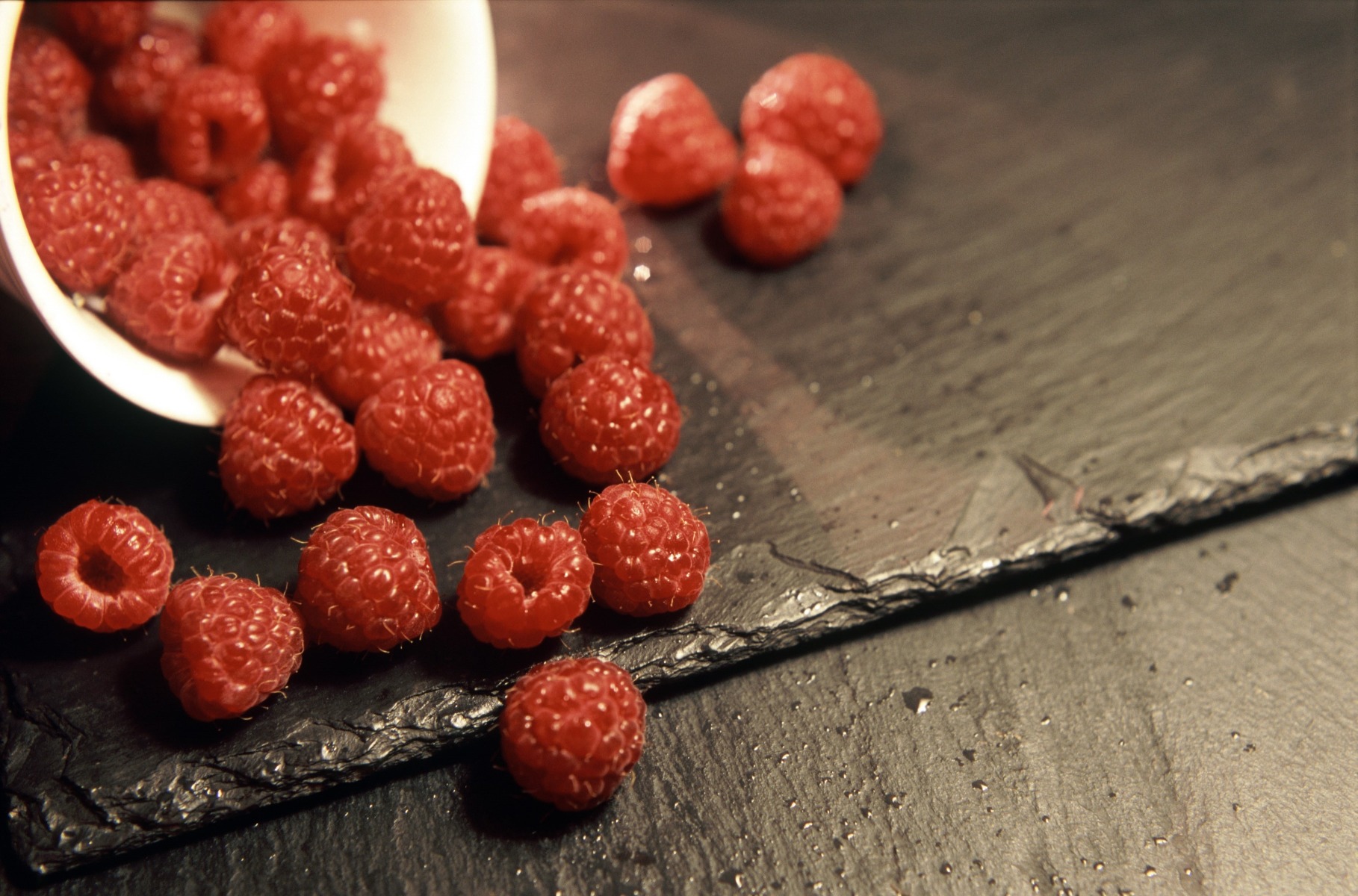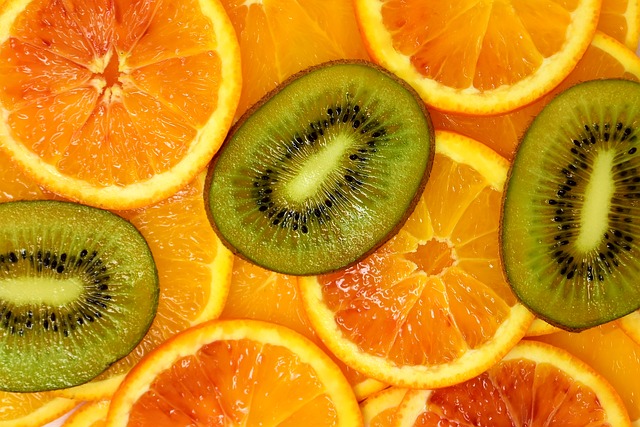Ensure Optimal Nutrition for Post-Operative Recovery

Part 2. Colon Cancer Awareness Month Series
Following bowel surgery, particularly in the case of an ostomy, your surgeon will prescribe a Low Residue Diet for six to twelve weeks (maybe longer depending on your unique situation). A Low Residue Diet is essential in order to “rest” the bowel and allow for unencumbered recovery of the GI tract. Low residue foods are foods that contain next-to-no fiber, as the fiber is what will pose the greatest risk for obstruction and/or irritation of the intestinal tract.
The rules are fairly simple: No fiber, no nuts, and no seeds. But, for those who are not immersed in food science, what exactly does that means? While there are some variances in this list, it is generally agreed that the following foods are off limits:
- - Coconut, seeds, and nuts, including those found in bread, cereal, desserts, and candy
- - Whole-grain products, including breads, cereals, crackers, pasta, rice, and kasha
- - Raw or dried fruits, like prunes, berries, raisins, figs, and pineapple
- - Most raw vegetables and all mushrooms
- - Certain cooked vegetables, including peas, broccoli, winter squash, Brussels sprouts, cabbage, corn (and cornbread), onions, cauliflower, potatoes with skin, and baked beans
- - Beans, lentils, and tofu
- - Tough meats with gristle, and smoked or cured deli meats
- - Cheese with seeds, nuts, or fruit
- - Crunchy peanut butter, jam, marmalade, and preserves
- - Pickles, olives, relish, sauerkraut, and horseradish
- - Popcorn
- - Fruit juices with pulp or seeds, prune juice, and pear nectar

So, what can you eat? Another simple rule: everything white. You can also eat most vegetables, when well steamed and most seedless fruits. Following is a list of generally accepted low residue foods:
- - Well-cooked fresh vegetables or canned vegetables without seeds, like asparagus tips, beets, green beans, carrots, spinach, squash (no seeds), and pumpkin. Green lettuce in moderation.
- - Cooked potatoes without skin
- - Tomato sauce (no seeds)
- - Ripe bananas
- - Soft cantaloupe
- - Honeydew
- - Canned or cooked fruits without seeds or skin, like applesauce or canned pears
- - Avocado
- - Most milk and other dairy products (but may cause gas and diarrhea)
- - Most meats (except tougher cuts of beef). Although lamb sent me to the ER. Avoid fish bones.
- - Margarine, butter, and oils
- - Mayonnaise and ketchup
- - Sour cream
- - Smooth sauces and salad dressing
- - Soy sauce
- - Clear jelly, honey, and syrup
- - Most commercially prepared sweets (without nuts, of course)

A person can survive reasonably well on the Low Residue Diet for the six to twelve week recovery process. But at a time when your body is healing, providing it with the best possible nutrition is as important as avoiding the complication of bowel obstruction. All effort should be made to choose foods that will give you the biggest nutritional bang for your buck.
In my practice, I strongly recommend to people that they choose daily servings of healthy proteins and fats (yes, lots of quality fats!) at each meal plus target specific vitamins like C, B5, E and D, collagen and the mineral zinc. All of these nutrients have plenty of scientific research that explains the role they play in wound healing, particularly after surgery. Not sure where to get these? Below is a helpful list: 
- Citrus fruits are an obvious source of vitamin C, so start your day with fresh squeezed orange, grapefruit, pomegranate, etc. juice. You can enjoy your juice singularly or as a blend. My personal favourite is pomegranate, orange with a wee sliver of ginger (plus a dash of cinnamon to help balance blood sugar). Just be sure to pour your blend through a strainer to remove seeds and pulp. Remember NO FIBER.
- B5 or Pantothenic Acid is vital to the body’s ability to turn the nutrients in food into energy usable by the body. It is required for the production of red blood cells, steroids, neurotransmitters and stress related hormones. Further, it helps in maintaining a healthy digestive tract. Consume B5 found in cheese, fish (especially trout), avocado, eggs, most meats (but especially chicken liver) and paprika.

- Vitamin E is actually a singular name given to a group of eight antioxidants. Vitamin E protects our fat membranes (like the walls of every cell in the body); it helps to regulate the inflammatory response; and it inhibits blood clotting. Vitamin E is best found in eggs, olive oil, avocado, trout, shrimp and kiwi.
- Vitamin D is manufactured when you are safely exposed to the sun’s rays (15 to 20 minutes per day). It is also found in fortified dairy products like yogurt and milk, but it is naturally found in pork and eggs. Vitamin D is an essential vitamin required by the body for the absorption of calcium, bone development, immune functioning, and alleviation of inflammation.
- Collagen is a protein that is essential in supporting our skin—inside and out. By this I mean that it not only makes our faces beautiful, but it ensures the tissue of our blood vessels, our muscles, our bones, etc. are healthy. I get my collagen by drinking homemade bone broth. I’ve included my favourite recipe below for you.
- Zinc is a super mineral that supports over 100 enzymatic actions within the human body. It is essential to our immune health, the synthesis of DNA plus there is some research that suggests it is a means to limit diarrhea. Zinc is abundant in oysters, most red meats, shellfish and yogurt.
I am a huge advocate of fresh-pressed juices, homemade soups, healing bone broth and smoothies incorporating the low residue foods listed above. In fact, I still include at least one or all of these in my own daily nutrition. If finding foods that fit within the rules of the Low Residue Diet are difficult for you, you can always try adding a powder supplement to your morning smoothie or fresh pressed juices.
Remember, this diet is for the time following surgery (or when your physician thinks it is necessary for resting your GI tract). When your surgeon gives you the green light to start reincorporating fiber-filled foods, do it. But make this transition carefully and gradually, ideally with assistance from a licensed dietitian or nutritionist. Check back here next week where I will provide a 4-step guide on transitioning off of the Low Residue Diet.


Trish is a graduate of the Canadian School of Natural Nutrition and a Personal Trainer. In 2012, she was diagnosed with stage-4 colon cancer and after six months of chemotherapy, underwent several lifesaving surgeries. Today, Trish draws from her experience and education to empower others to survive and thrive. She writes for Your Health and Fitness Matters Magazine and she is the principle consultant for In The Bag Nutrition, which is dedicated to helping patients with ostomies, or resected GI tracts, to eat healthfully, exercise safely and to embrace life fully.
